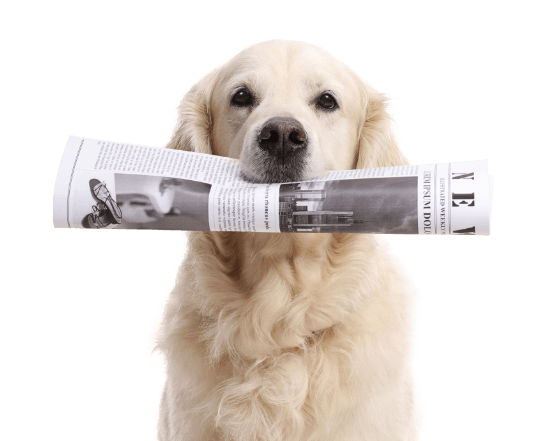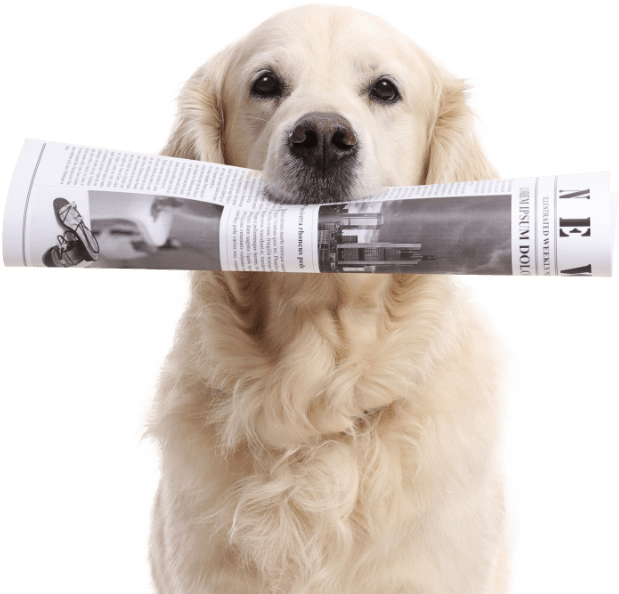Globally, veterinary professionals and practice managers are quickly adopting tools that facilitate veterinary imaging workflow optimization. This is mainly due to the ample perks that they bring to the veterinary practice management, which includes reducing otherwise laborious tasks and improving vet workplace output.
The specific ways through which optimizing veterinary imaging workflow improves veterinary practice management include:
- Automation and digitization of manual processes
- Seamless and efficient workflow
- Improved productivity
- Huge cost savings and increase in earnings
- Improved diagnostic output and reduction in misdiagnosis.
Here, we discuss the transformative capabilities that veterinary imaging workflow optimization brings to veterinary practice management and how veterinary managers can implement this optimization.
What Optimized Imaging Workflow Looks Like
Capturing imaging and other forms of visual data is central to the work of a veterinary practitioner because they help achieve more informed diagnoses of all forms of conditions. Upon capturing, practitioners can store the derived images and related data for future reference correctly and in a way that can aid smooth retrieval when the practitioner needs them.
How these are handled will significantly impact the operations and outputs of a veterinary practice.
In many cases, many veterinary practices store their imaging data in physical formats on papers or films and in other cases, in semi-digital forms through the use of storage devices such as compact discs and drives. Both models are suboptimal in that veterinary practitioners don’t get access to additional technical features to improve the imaging and assist in drawing insights.
There are also significant problems with this type of imaging because there are limited spaces to store multiple files or hard drives. Vet managers have to spend significant sums on securing these data collections, most of which are supposed to be confidential. This combination makes overseeing a vet practice a challenging venture for the vet manager.
However, a vet practice can fix these issues and more by embracing an optimized imaging workflow process. Powered by cutting-edge technology, the workflow optimization enables advanced image capturing and viewing, secured storage, and real-time access and retrieval.
In essence, with imaging workflow optimization, vet practitioners get multidimensional displays that enable better diagnoses. Storage is often in the cloud and does not require any physical devices, making the data easily accessible from any place and via any medium.
Why Managers Need to Optimize Veterinary Imaging Workflow
The benefits that veterinary managers can derive from optimizing imaging workflow are quite ample. For example, there is almost no fear of data loss, as the imaging and other forms of data are stored in the cloud. This is against the manual system, where theft or damage can cause incapacitating loss of vital information.
Other benefits in the form of improved diagnostics can lead to enhanced service delivery.
How Veterinary Imaging Workflow Optimization Impacts Practice Management
The significant improvements that the imaging workflow optimization offers in veterinary practice management are implemented via specific approaches. These particular techniques through which such improvements are delivered include the following.
1) Automation and Digitization of Manual Processes
The major import of implementing optimized workflow processes is to greatly reduce the laborious human effort that goes into image capture, storage, and retrieval tasks.
The traditional system usually involves capturing the images and then manually saving them onto a drive, after which, the vet staff stores the drive in a designated location. Whenever there is a need for a document, the staff will have to go to the physical storage location and check the files to identify what is needed.
An optimized system is powered by technology that automatically saves the data right at the point of capture. Wherever there is a need for that data, the vet practitioner can access the digital files using any device of their choice. This essentially removes the need for the vet practitioner to be concerned with managing each activity, since the optimized workflow system handles everything.
2) Seamless and Efficient Workflow
A key attribute of an optimized vet imaging workflow system is that there is almost no break in the workflow process. The capture of an image automatically leads to image processing, followed by immediate storage and subsequently, hitch-free data recovery. This eliminates the need to wait valuable hours to get each process done.
3) Improved Productivity
Getting to execute every imaging workflow procedure in real time means that a great deal of time is saved that vet practitioners and managers would have otherwise spent handling each process. With record-time implementation, the vet practice can get several tasks done.
4) Huge Cost Savings and Increase in Earnings
Veterinary imaging workflow optimization enables veterinary practice managers to cut down on their expenses, increasing potential financial returns. Under a non-optimized system, the vet practice would have to spend huge amounts of money acquiring physical storage space and devices alongside the security to safeguard them. But optimization eliminates the need for these.
Just as managers are reducing their overheads, they can also achieve a commensurate increase in earnings. Improved productivity implies more work is being done, which should invariably indicate increased revenue.
5) Improved Diagnostic Output and Reduction in Misdiagnoses
Most optimized imaging workflow systems offer the ability to view imaging data in multiple formats and dimensions. Armed with optimized views, the vet can make more informed diagnoses and avoid costly mistakes.
Practitioners can also work with specialists on particular diagnostic and clinical tasks using the collaborative features available in most optimized systems. The vet practice benefits from top-notch service delivery to the customer, facilitating more business and patronage.
How Practice Managers Can Optimize Veterinary Imaging Workflow
Now that you have been introduced to the abundant advantages of veterinary imaging workflow optimization, the next question is: how can practice managers optimize veterinary imaging workflow?
While there are multiple potential approaches to achieving optimization, the best way to enhance veterinary imaging workflow is to adopt state-of-the-art technology. One of the most effective technological tools that can foster optimization and deliver benefits is the picture archiving and communication system (PACS).
A PACS is a software that oversees the capture, transfer, analysis, storage, and archival of medical images and is heavily applied in both human and veterinary medical practice. The vet practitioner can essentially analyze captured images, transfer them to the appropriate quarters, and store and access them seamlessly via their PACS.
The PACS overseeing all these processes can help practices achieve the desired veterinary imaging workflow optimization.
Final Thoughts
The future of veterinary practices will be technologically driven, with digital services overseeing all processes, especially imaging. Achieving veterinary imaging workflow optimization through digital PACS can deliver drastically positive transformations to any vet practice in the shortest time possible.
Here at Asteris, it’s our goal to help veterinarians make sound medical decisions with ease, clarity, and confidence by giving them the tools and insights that they need to optimize the way they work.
If you’re ready to stop feeling like there’s not enough time in your day, we can help you optimize your imaging processes and the way you work. Contact our specialists today to get started!
Book a Demo of Keystone Omni Now
Submit images directly through Asteris Keystone or via our free and simple Asteris Keystone Community application.
Blog
the latest Updates from Asteris
If you like this post you might like this
Subscribe to our newsletter
don't miss out the updates
from asteris
Sign up to our newsletter to stay in the loop.

 North America
North America Asia/Pacific
Asia/Pacific Europe
Europe Back to Blog
Back to Blog

